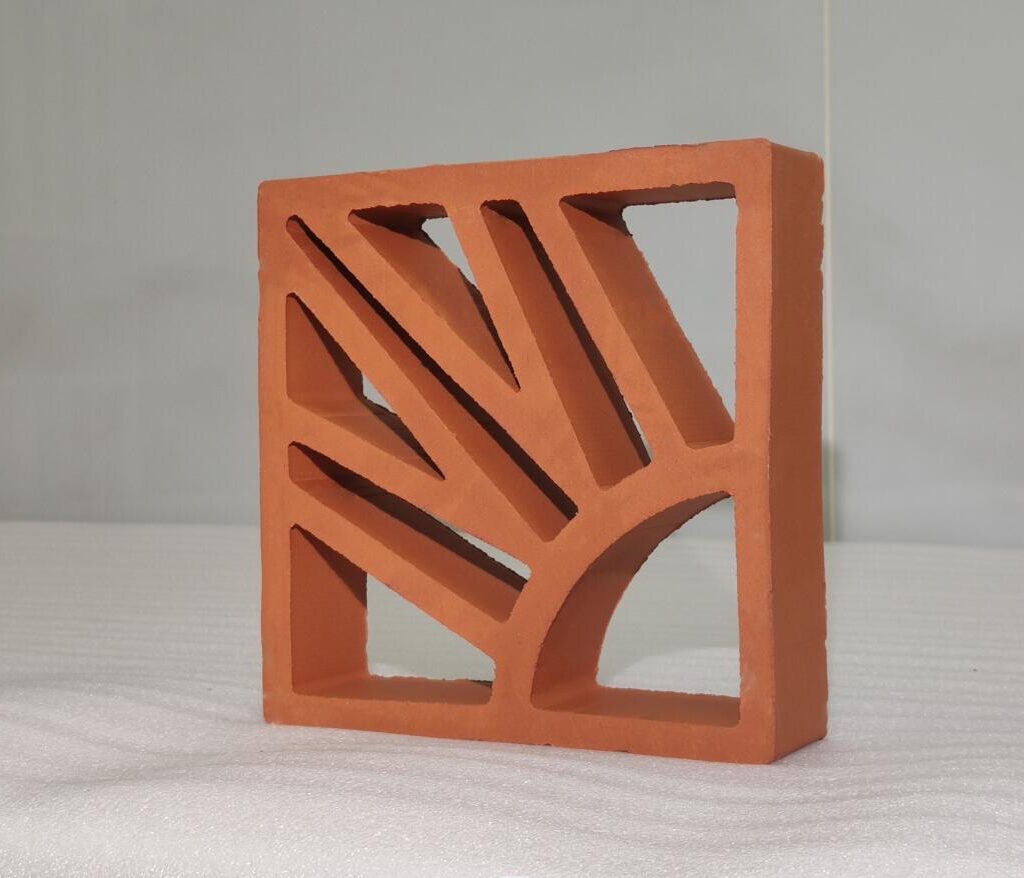The Role of Terracotta Breeze Blocks in Modern Architecture: Blending Tradition with Innovation
In the evolving landscape of modern architecture, the integration of sustainable and aesthetically pleasing materials has become a paramount concern for architects and designers worldwide. Among the myriad of materials making a resurgence, Terracotta Breeze Blocks stand out as a testament to the harmonious blend of tradition and innovation. These architectural elements, with their rich history and multifaceted applications, are redefining the boundaries of design, functionality, and environmental stewardship in contemporary building projects.
The Genesis of Terracotta Breeze Blocks
Terracotta, a material as ancient as civilization itself, has been revered for its durability, natural beauty, and versatility. The advent of Terracotta Breeze Blocks in modern architecture is a nod to this material’s enduring appeal, reimagined to meet contemporary aesthetic and functional demands. Originating from the mid-century modern movement, these blocks have witnessed a resurgence, driven by a growing appreciation for their ability to provide natural ventilation, light diffusion, and a unique decorative flair.
Natural Ventilation and Temperature Regulation
One of the hallmark features of Terracotta Breeze Blocks is their capacity to facilitate natural ventilation. The perforated design of these blocks allows air to flow freely, reducing indoor temperatures and minimizing the reliance on artificial cooling systems. This not only enhances the comfort of living spaces but also contributes to significant energy savings and a reduction in the building’s carbon footprint.
Light Filtration and Privacy
Terracotta Breeze Blocks serve a dual purpose by allowing natural light to permeate indoor spaces while maintaining privacy. The strategic placement and intricate patterns of these blocks scatter incoming sunlight, creating a soft, diffused lighting effect that enriches the ambiance of any room. This balance of privacy and natural illumination is particularly valuable in urban environments, where space and light are often at a premium.
Aesthetic Enhancement
The aesthetic versatility of Terracotta Breeze Blocks is unmatched. Available in a variety of patterns and warm earth tones, they offer architects and designers the flexibility to create visually striking facades and interior spaces. Whether used as a primary design element in a building’s facade or as a decorative feature in gardens and patios, these blocks add a layer of texture and depth that elevates the overall design.
Sustainability and Eco-friendliness
In an era where environmental sustainability is at the forefront of architectural design, Terracotta Breeze Blocks emerge as an eco-friendly choice. Crafted from natural clay, their production is relatively low in energy consumption and results in minimal waste. Additionally, the thermal properties of terracotta contribute to energy efficiency in buildings, further underscoring the environmental benefits of choosing these blocks for construction projects.
Cultural Significance and Modern Relevance
The use of Terracotta Breeze Blocks in contemporary architecture also signifies a deep respect for traditional building techniques. By incorporating these elements into modern designs, architects bridge the gap between past and present, infusing projects with a sense of history and cultural depth. This fusion of old and new exemplifies the dynamic nature of architectural evolution, where innovation is rooted in tradition.

Conclusion
Terracotta Breeze Blocks are revolutionizing modern architecture by offering a solution that is at once sustainable, functional, and aesthetically appealing. Their role in contemporary design transcends mere decoration, embodying the principles of passive cooling, natural lighting, and environmental responsibility. As the architectural community continues to embrace sustainable practices, Terracotta Breeze Blocks stand as a beacon of innovation, blending the best of tradition with the possibilities of the future.
